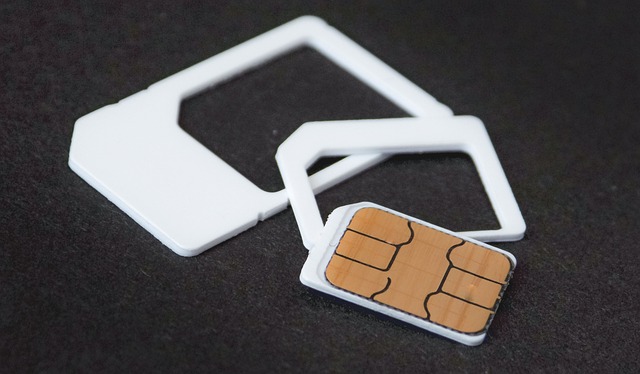Digital Twins: The Mirror World Transforming Tech Industries
Ever wondered how a digital replica of a physical entity or system could revolutionize the tech industry? Enter the world of Digital Twins, a concept that's rapidly gaining traction and transforming how industries operate. This article delves into the historical background, current trends, and future implications of this cutting-edge technology.

A Journey Through Time: The Evolution of Digital Twins
The idea of a digital twin isn’t entirely new. It traces its roots back to the Apollo 13 mission in 1970 when NASA used mirrored systems to simulate and analyze space conditions. However, the term ‘Digital Twin’ was coined much later by Dr. Michael Grieves in 2002 at a University of Michigan course. Over the years, with the advent of the Internet of Things (IoT) and advancements in data analytics, the concept has evolved and matured, becoming an integral part of various industries, from manufacturing to healthcare.
A New Dawn: Current Trends in Digital Twins
Currently, digital twin technology is experiencing exponential growth. According to a 2020 report by MarketsandMarkets, the global digital twin market size is projected to reach USD 48.2 billion by 2026, from USD 3.1 billion in 2020. Leading tech companies like Siemens, IBM, and Microsoft are investing heavily in this technology, creating innovative solutions for businesses worldwide.
Several industries are reaping the benefits of digital twins. For instance, in manufacturing, digital replicas of machinery enable real-time monitoring, predictive maintenance, and efficiency optimization. The healthcare industry is leveraging digital twins to simulate patient conditions, improving diagnostics and personalized treatment plans.
The Cost of Innovation: Estimating the Price Range
The cost of implementing digital twin technology can vary considerably, depending on the complexity of the physical system to be digitized and the level of precision required. For small-scale applications, the cost may range from a few thousand to tens of thousands of dollars. However, for larger industrial applications, the price can soar into millions. Despite the initial high costs, the long-term savings and efficiency gains often outweigh the initial investment.
Mapping the Future: The Impact of Digital Twins on the Market
As digital twin technology continues to evolve, its impact on various sectors is expected to be profound. For example, in the automotive industry, digital twins could significantly reduce the time and cost of designing and testing new vehicle models. In the energy sector, digital twins of power grids could optimize energy distribution and prevent outages.
Moreover, the integration of digital twins with other technologies like artificial intelligence (AI) and machine learning (ML) could unlock unprecedented capabilities. Imagine a digital twin that not only replicates a physical system but also learns from it, predicts outcomes, and even suggests improvements—this could be a game-changer for many industries.
Embracing the Digital Reflection
Digital twin technology is more than just a digital replica of a physical system. It’s a powerful tool that provides insights into the workings of systems, helps predict outcomes, and aids in making informed decisions. With its potential to revolutionize various industries, it’s no wonder that digital twins are heralded as one of the most promising technologies of the 21st century. As we continue to explore its possibilities, one thing is certain: the future of digital twins is as exciting as it is limitless.




